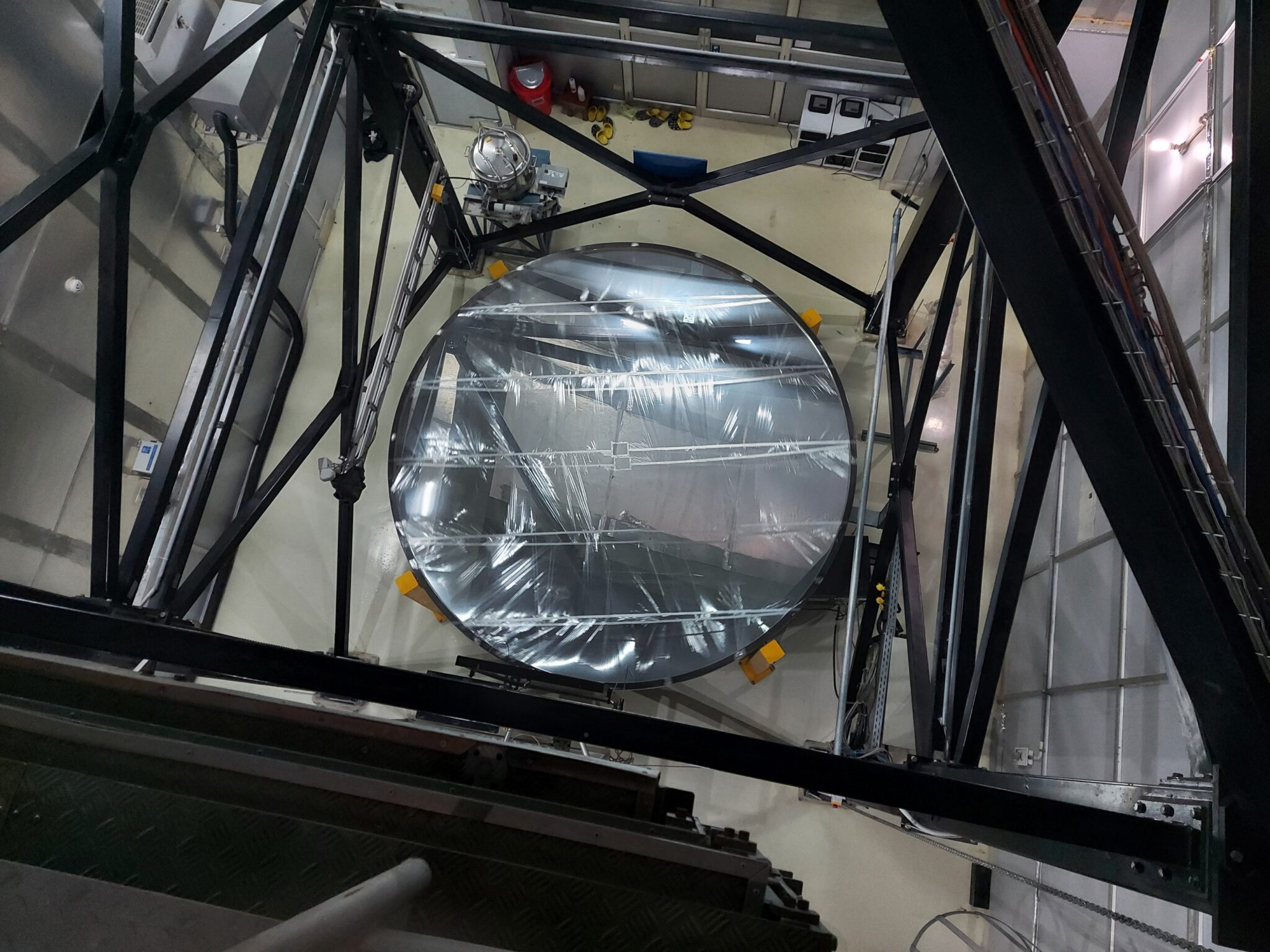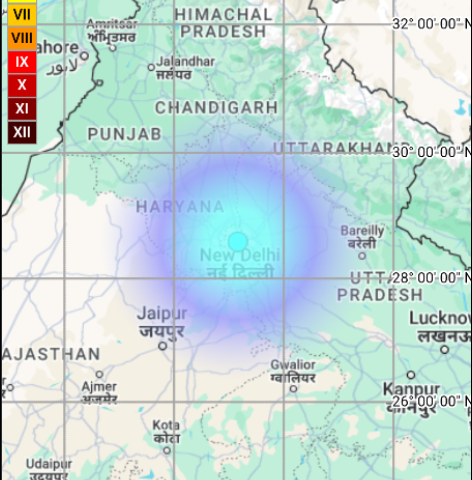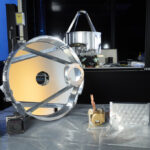India has proudly commissioned the world’s first liquid-mirror telescope atop Devasthal, Uttarakhand. Known as the Indian Liquid Mirror Telescope (ILMT), this marvel is a joint venture between astronomers from India, Belgium, and Canada. The ILMT stands as the largest telescope in Asia, boasting a diameter of 4 meters. Positioned at an impressive altitude of 2,450 meters in the Himalayas, it offers a unique vantage point for observing the vast celestial expanse.
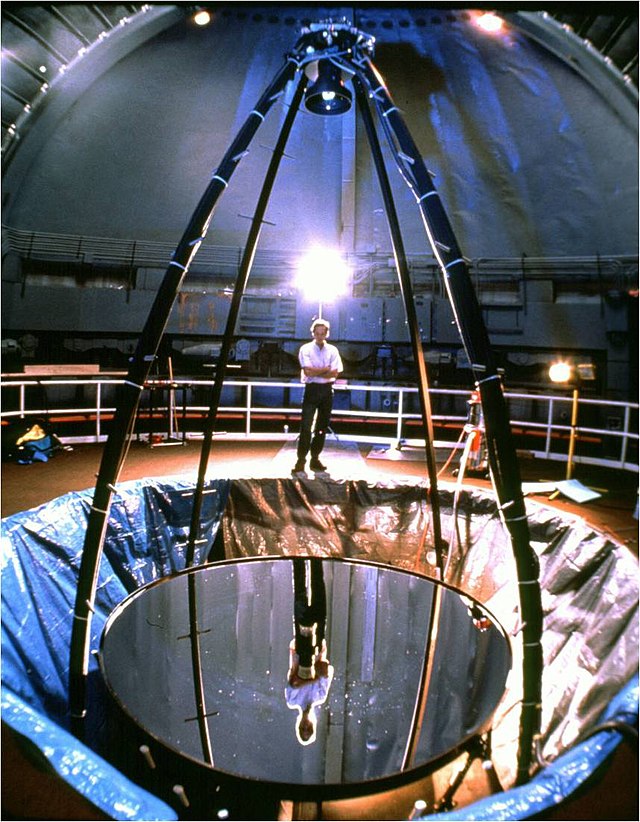
Unlike its predecessors, which were primarily used for military or satellite tracking, the ILMT is dedicated to the pure pursuit of astronomical research. The Devasthal Observatory Campus, where the ILMT is housed, is owned by the Aryabhatta Research Institute of Observational Sciences (ARIES) in Nainital, Uttarakhand. Liquid-mirror telescopes, including the ILMT, utilize a rotating dish filled with Mercury as their primary mirror. This innovative approach, using a Mercury-based mirror, sets it apart from traditional telescopes that employ aluminised glass mirrors. One of the standout features of liquid-mirror telescopes is their stationary nature, capturing the sky directly overhead, unlike conventional telescopes that can be directed at specific celestial bodies.
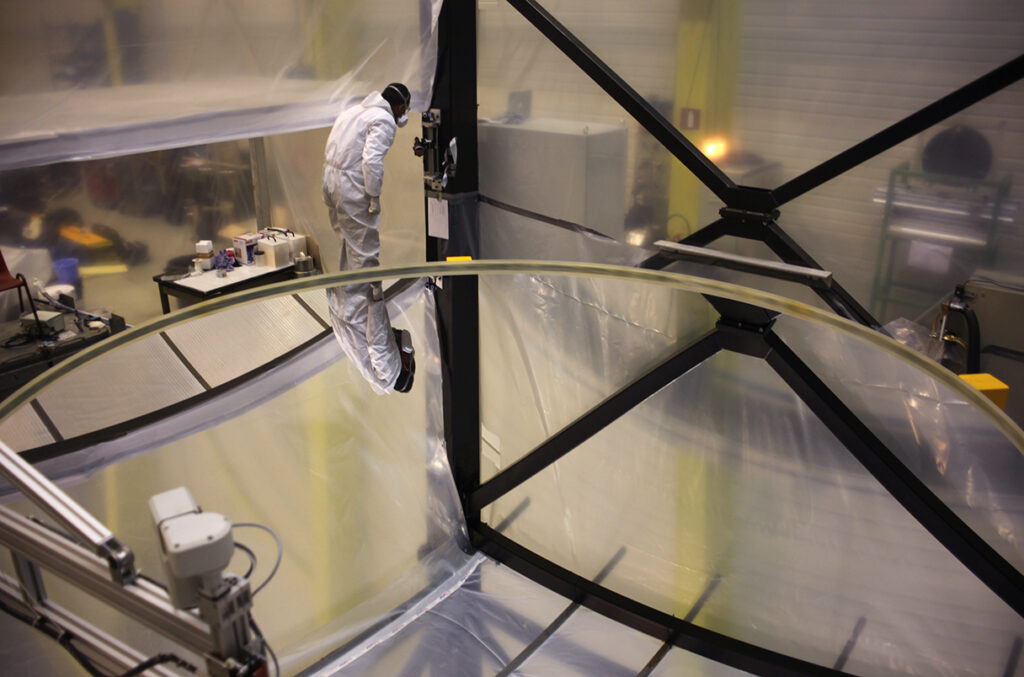
The ILMT is set to make its grand debut in October, working in tandem with the 3.6-meter Devasthal Optical Telescope (DOT). The inauguration ceremony was graced by Dr. Jitendra Singh, Union Minister of multiple portfolios, who emphasized India’s significant strides in science and technology. He lauded Prime Minister Narendra Modi for creating a conducive environment that encourages groundbreaking scientific endeavors like the ILMT. Marking a pivotal moment in its journey, the ILMT achieved its first light in May 2022, signaling its readiness to explore the universe.
Similar Posts
This project is a testament to international cooperation in the realm of astronomy, with collaborators spanning from India to Canada. Belgium’s Advanced Mechanical & Optical Systems (AMOS) Corporation and Centre Spatial de Liège played crucial roles in the telescope’s design and construction. The ILMT’s mirror, crafted from liquid Mercury, is uniquely suited for this purpose due to Mercury’s reflective properties and its liquid state at room temperature. Designed to scan the sky overhead each night, the ILMT is equipped to detect transient celestial phenomena like supernovae and asteroids. Its operations are set to generate a staggering 10-15 Gigabytes of data nightly. This treasure trove of data will revolutionize how we classify celestial objects, paving the way for the integration of Big Data and AI/ML algorithms.

Not only is the ILMT the largest of its kind, but it also holds the distinction of being India’s inaugural optical survey telescope. The adjacent 3.6-meter DOT will complement the ILMT, facilitating rapid follow-up observations of celestial events detected by the latter. Over a span of five years, the data harvested from the ILMT will be pivotal for conducting in-depth photometric and astrometric variability surveys.
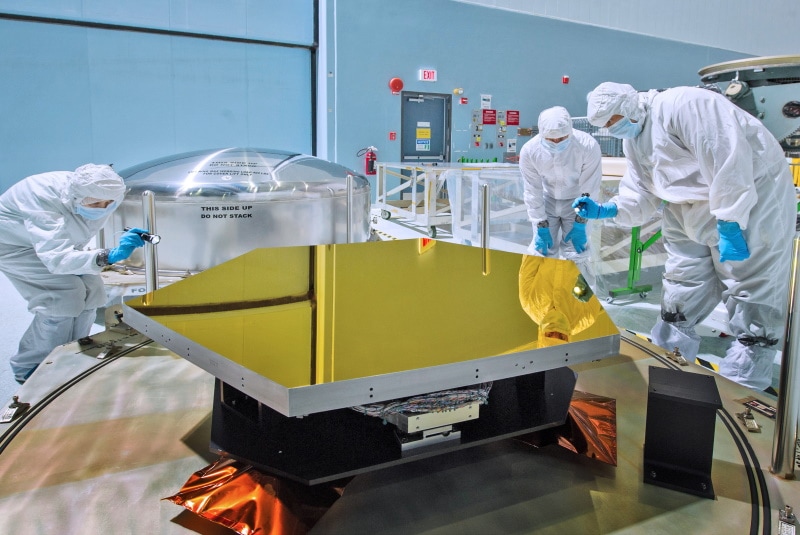
Liquid mirror telescopes, such as the ILMT, comprise three primary components: a bowl filled with Mercury, an air bearing, and a drive system. The surface of the rotating liquid naturally assumes a parabolic shape, ideal for focusing light. A protective film of Mylar shields the Mercury, ensuring its longevity and effectiveness. The reflected light undergoes processing by a multi-lens optical corrector, yielding sharp, wide-field images. A 4K by 4K CCD camera captures vast swaths of the sky, presenting the universe in unparalleled detail.
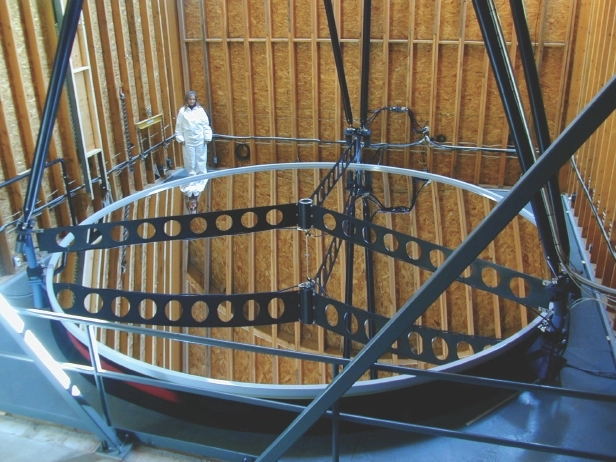
The ILMT’s unveiling on March 21, 2023, at Devasthal was a watershed moment in India’s scientific journey. This telescope, with its unique design and capabilities, firmly positions India at the forefront of astronomical research. Dr. Jitendra Singh extolled the ILMT as a pioneering liquid mirror telescope, exclusively crafted for astronomical observations. The global collaboration behind the ILMT underscores the collective commitment to unraveling the universe’s mysteries. With its potential to detect a myriad of celestial events, the ILMT heralds a promising future for astronomical discoveries. As it scans the heavens, the ILMT promises to bridge the gap between the universe and us. Its inauguration not only showcases India’s scientific prowess but also beckons future collaborations in space research. As the world watches with bated breath, the ILMT is on a mission to unlock the universe’s deepest secrets, one night at a time.
